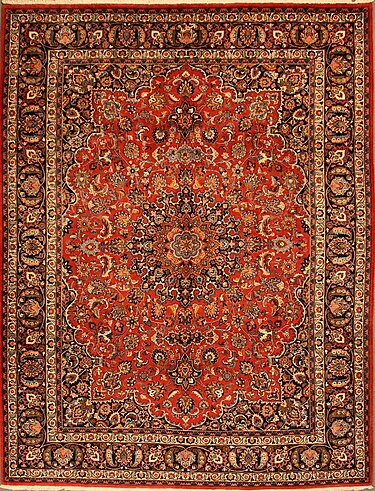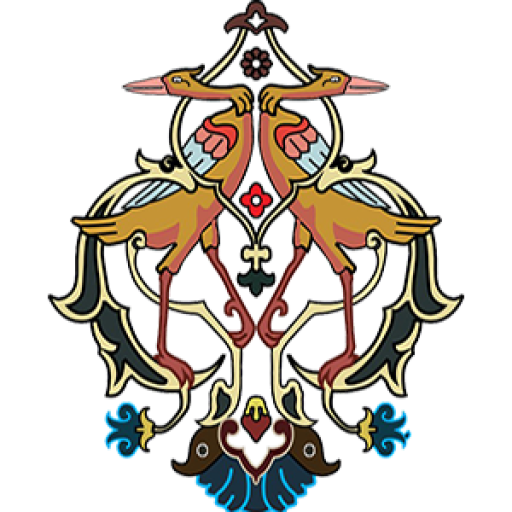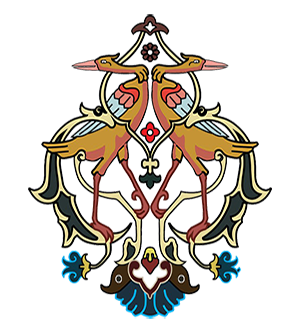Isfahan
Isfahan, long regarded as Iran’s artistic and cultural heart, is a major center of Persian carpet weaving, reaching its peak during the Safavid dynasty (16th–17th centuries) under Shah Abbas I’s patronage. Isfahan carpets are woven with fine wool and silk on cotton foundations, known for high knot density and refined designs. They often feature central medallions, arabesques, floral motifs, vines, and intricate borders, influenced by Persian architecture and miniature painting. Rich color palettes, including deep reds, blues, ivory, and soft pastels, enhance their elegance and harmony. Many historic carpets are preserved in museums worldwide. In the 20th century, weaving experienced a revival, and today Isfahan continues producing exquisite handmade carpets. Known for artistry, precision, and durability, these carpets are both luxurious furnishings and timeless works of art, representing the pinnacle of Persian weaving tradition.



























